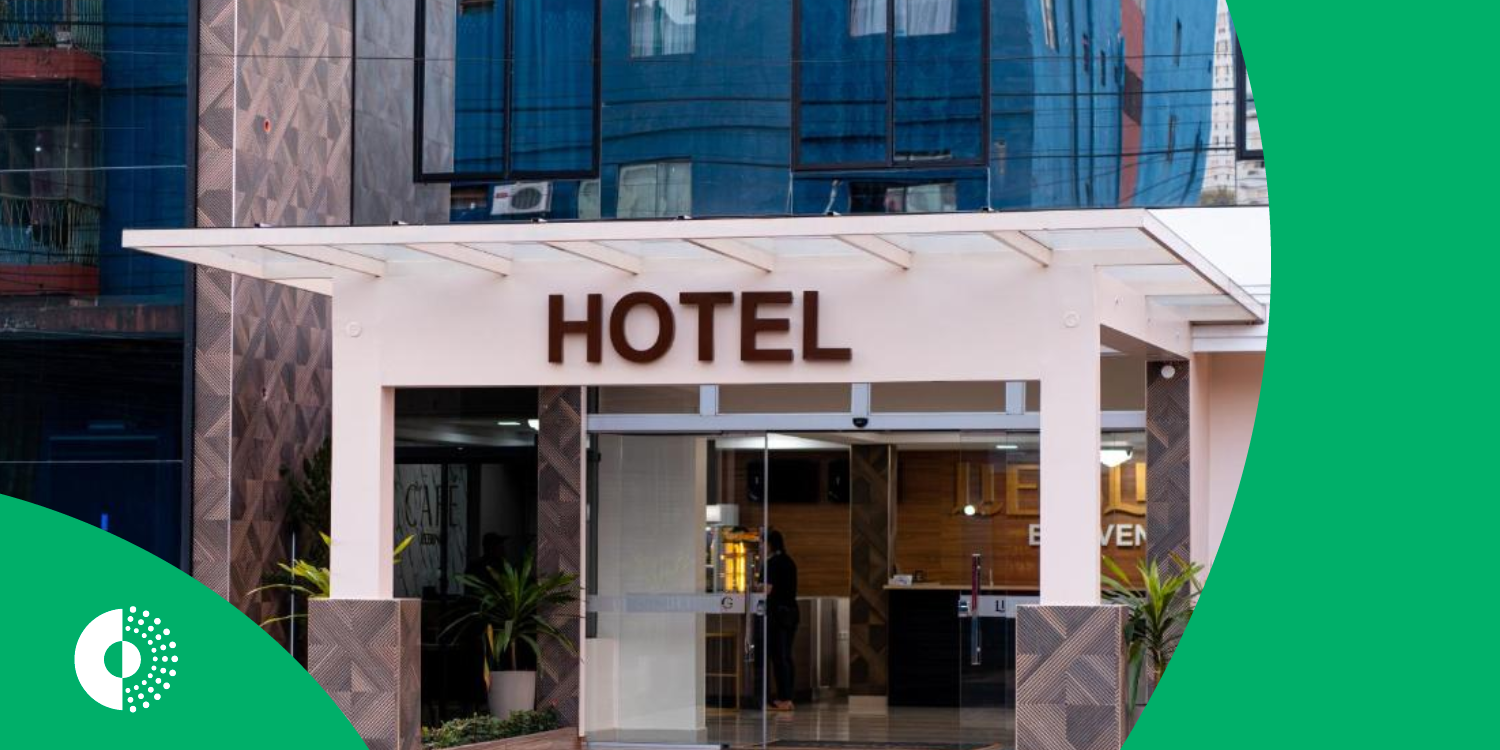The Brand Health Index (BHI) is a comprehensive tool designed to measure and evaluate a brand’s overall performance from a consumer’s perspective. It examines key factors such as brand awareness, selection, and customer loyalty, providing crucial insights into how well a brand is perceived in the market. For hotels, this index goes beyond visibility—it serves as a vital indicator of a brand’s competitive strength and long-term sustainability in the industry. This blog highlights the importance of the Brand Health Index in assessing and improving brand strength across the hospitality industry, then offers valuable takeaways for hotel stakeholders to optimize brand performance and enhance guest satisfaction for long-term success.
How is the Hotel Brand Health Index measured?
The Hotel Brand Health Index is a composite measure that evaluates a brand’s performance across several key indicators:
- Brand Salience: Awareness and familiarity with the brand.
- Brand Selection: Likelihood to choose the brand, usage history, and retention.
- Brand Suggestion: Customer satisfaction and Net Promoter Score (NPS), which reflects customer willingness to recommend the brand.
By assessing these aspects, the index provides valuable insights for hotels to enhance customer engagement and solidify brand positioning.

The Hotel Brand Health Index for Asia Market
The first Hotel Brand Health Index for Asia Market has ever been launched by Outbox, offering a comprehensive analysis of more than 30 hotel brands across 7 major markets. These include local and international hotel chains divided into 4 segments: Midscale, Upper Midscale, Upscale, and Upper Upscale. The dashboard’s unique approach aggregates data from customers who stayed in hotels within the past 24 months, offering a clear picture of brand performance. The data not only reveals how various brands are perceived but also becomes a crucial tool for identifying gaps and leveraging strengths for better market positioning.
Top performing hotel brands in Vietnam and Asia market
It can be seen from the dashboard that the Vietnam market witnessed strong competition in the Midscale and Upper Midscale segments. Vinpearl and Muong Thanh lead the Midscale segment with significantly high scores. This could be due to their local familiarity among both domestic and international tourists, as they are present in many of Vietnam’s top tourist destinations, while Vietnam is also among the most favorite destinations when traveling around Asia.
In the Upper Midscale segment, Mercure Hotels achieved the highest score (77.0), likely due to its reputable international brand, offering stable services and flexibility in meeting the needs of both international and local tourists. This could also be attributed to strong marketing campaigns or recent improvements in its customer experience.
Wyndham leads the Upscale segment with an impressive score (74.3), showing that this international brand has invested heavily in services and brand presence in Vietnam. Customers might choose Wyndham for its reliability and consistency in delivering quality experiences.
In the Upper Upscale segment, Marriott (68.7) and Hilton (66.4) remain at the top, thanks to international standards of service quality and infrastructure. Customers in this segment tend to seek premium experiences and personalized services, which global brands like Marriott are well-equipped to provide.
On the contrary, some hotels like Dusit (37.1 in Upper Midscale) and Nikko (43.5 in Upper Upscale) have the lowest scores in their respective segments, still far away from the benchmarks. This might be because they struggle to compete with stronger brands or lack sufficient presence to attract a larger customer base. Improving customer experience or enhancing brand awareness could be the key to raising these scores.
Across Asia, Mường Thanh leads the Midscale segment with a score of 64.7, followed closely by Vinpearl (63.2). Both brands enjoy strong recognition across the Asian market, possibly due to their unique cultural branding and regional relevance in such a popular destination as Vietnam, focusing on both local and international tourists. Centara (62.8) and Dusit (59.0) stand out in the Upper Midscale segment, with likely strength in Thailand and other Southeast Asian markets, offering well-balanced value and quality. Akyra (57.3) and Lotte (57.0) dominate the Upscale segment, benefiting from their reputations in luxury services and well-known global presence. Global chains like Marriott and Hilton continue to lead the Upper Upscale segment through consistency, wide-scale operations, and brand equity.
The relatively lower benchmark scores for Asia when compared to Vietnam indicate a more competitive environment with a greater diversity of brands vying for consumer attention.
Outbox’s Predicted Reasons for the Scores
- Service quality and experience: Leading brands often excel at maintaining high service standards and building customer trust.
- Marketing strategy and brand positioning: Brands with lower scores may face challenges in clear positioning or competing with both international and local competitors in terms of brand recognition.
- Customer segments: Upper Upscale customers are often international tourists or business travelers, giving international brands like Marriott and Hilton an advantage with their high standards.
Key Insights from Asia Hotel Brand Health Index Dashboard
The index reveals that many hotel brands, especially international chains, face a challenge in distinguishing themselves in the eyes of Asian travelers. To maintain a competitive edge, hotels must focus on stronger brand positioning strategies, creating clear value propositions that resonate with regional travelers.
With a positive BHI, hotels can unlock several advantages:
- Strengthening brand trust: Higher awareness and preference lead to customer loyalty.
- Pricing power: Strong brands can command premium prices without losing customers.
- Word-of-mouth marketing: Satisfied customers will recommend your hotel, driving organic growth.
Conclusion
The Hotel Brand Health Index is more than just a performance indicator; it is a guiding compass for improving brand competitiveness and customer loyalty in an ever-evolving industry. By using this index, hotel brands can enhance their market positioning, fine-tune their pricing strategies, and drive organic growth through customer satisfaction and recommendations.
Interested in learning more about how your brand is performing? Explore the Asia Hotel Brand Health Index Dashboard or refer to our Asia Hotel Brand Survey to gain in-depth insights into your brand’s health and take actionable steps toward growth.





